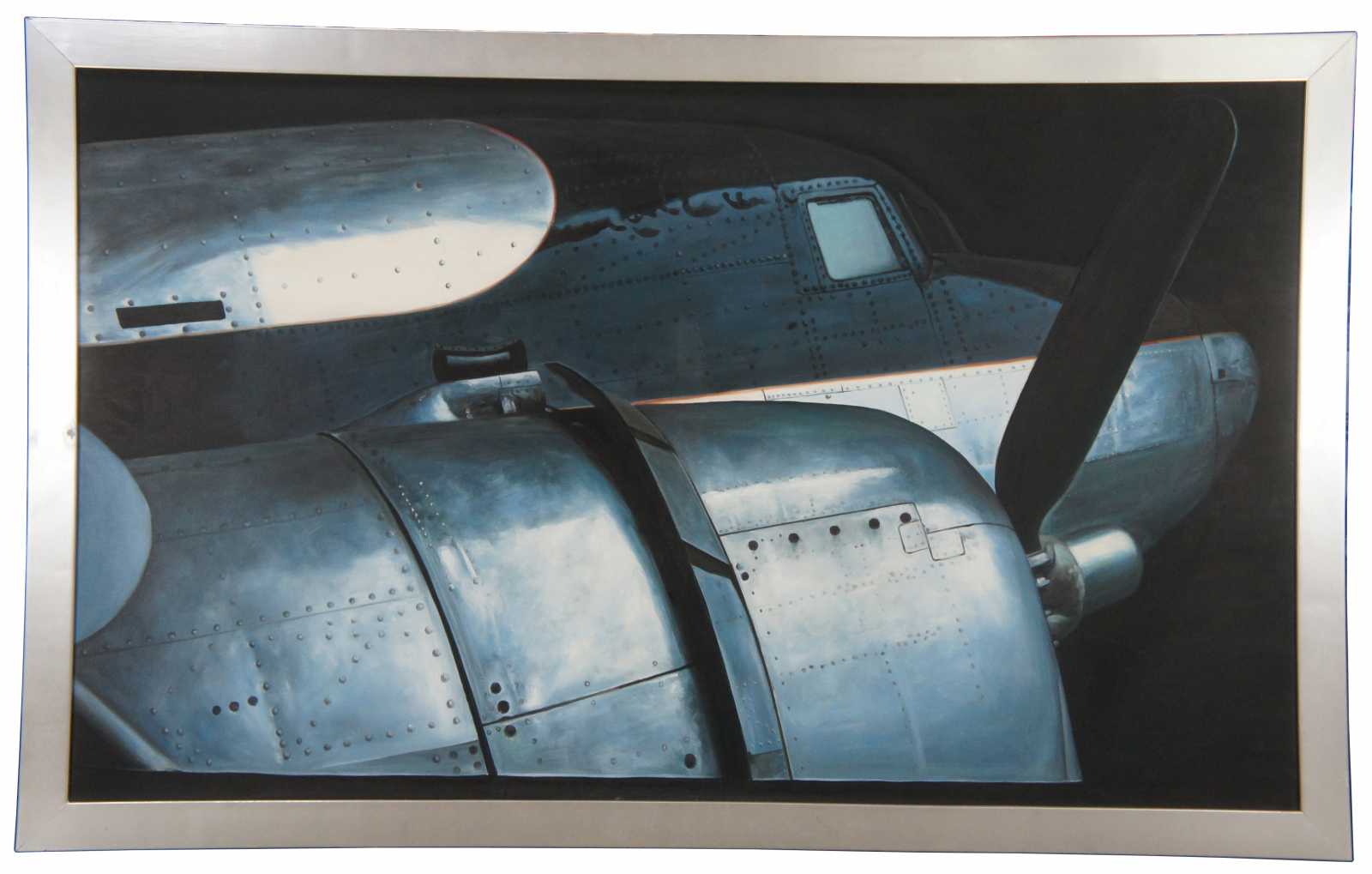
Shipping:
Free Shipping Included
Delivery:
Estimated 2-15 Business Days
Payments:
Credit Card, Check, Cash, PayPal, Apple Pay, Venmo
Returns:
30 Days 100% Money Back Guarantee, Buyer Pays Return Shipping
Description
The Douglas C-47 was used as a cargo transport to fly the notorious “Hump” over the Himalayas, as well as an assault aircraft carrying paratroops and towing gliders into combat. Known also as “Skytrain,” “Dakota” (British designation), R4D (U.S. Navy) and “Gooney Bird,” the Douglas C-47 (USAAF) went through many modifications during its long service life, largely with respect to engine power ratings, but also with structural modifications for specific tasks like reconnaissance and navigation training. It was even tested as a floatplane and as an engineless glider, a task it performed well, but too late in the war to matter. By war’s end, 10,692 of the DC-3/C-47 aircraft had been built. From its pioneering of military airlifts over the Hump, to its perfecting of the technique during the Berlin Airlift, the C-47 has been prized for its versatility and dependability, factors that explain its remarkable longevity as an active carrier worldwide.
dividing bar
The National WWII Museum’s C-47, serial number 42-93096, was built at the Douglas Aircraft Manufacturing plant in Oklahoma City, Oklahoma. “096” was delivered to the US Army on April 8, 1944, at which time it was assigned to the 806th Army Air Force Base Unit at Baer Field, Indiana. The following month “096” was assigned to the 8th Air Force and transferred to the European theater of operations. Immediately after arriving in England on May 28, 1944, the aircraft was transferred to the 9th Air Force. One week after arriving in England, “096” carried pathfinders from the 82nd Airborne Division into the Normandy Invasion. The plane then dropped pathfinders from the 101st Airborne Division into Holland during Operation Market Garden. “096” also flew with the rest of its group to drop supplies to the 101st in Bastogne during the Battle of the Bulge. During this mission “096” sustained minor damage from German ground fire, but the plane was repaired and placed back in service in a matter of days. The plane’s final combat mission occurred on March 24, 1945, when it dropped paratroopers from the 17th Airborne Division across the Rhine River during Operation Varsity.
Condition
Very good.
Dimensions
63" x 39" x 1.5", art 35.5" x 59"
You May Also Like